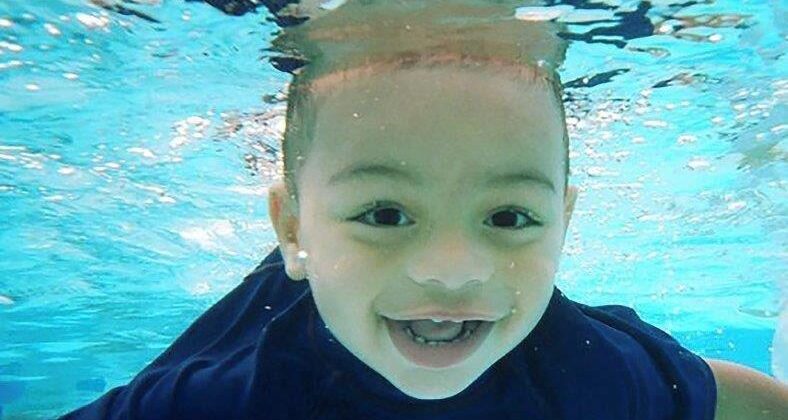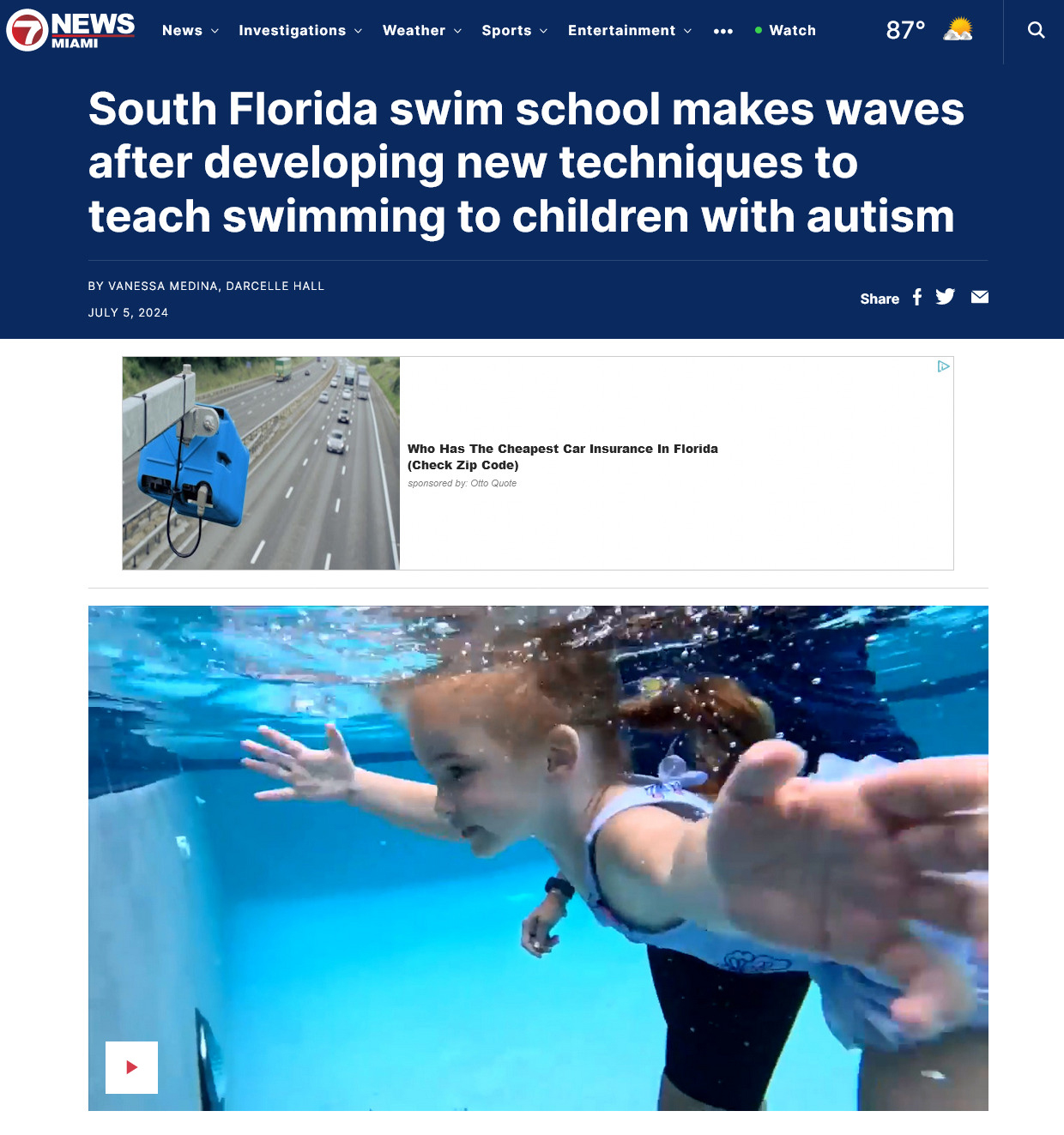Discover the Unique Teaching Techniques at Baby Otter Swim School for All Ages
Discover the Unique Teaching Techniques at Baby Otter Swim School for All Ages
Blog Article
How a Swimming Lesson Can Change Your Confidence in the Water
The trip to getting rid of water anxiousness often begins with a solitary, structured swimming lesson, which serves as a critical minute in improving one's self-confidence in aquatic atmospheres. The question remains: exactly how do these first lessons lay the groundwork for a positive and sustainable connection with water?
Understanding Water Anxiety

From a physical standpoint, people may display signs like increased heart sweating, hyperventilation, and price when encountered with water-related situations. These reactions can develop a vicious circle, where anxiousness results in avoidance, which in turn continues the anxiety. Comprehending this anxiousness is vital in addressing it efficiently.
Recognizing that water anxiety is an usual experience can cultivate a helpful setting for those seeking to overcome their fears. Dealing with water stress and anxiety is the very first action towards promoting self-confidence and pleasure in water activities.
Benefits of Expert Direction
Several people looking for to get over water anxiousness advantage considerably from expert direction. Trained trainers possess the expertise to create a helpful and secure learning environment, which is important for those grappling with fear of water. This specialist assistance can assist trainees to confront their anxieties progressively and methodically, promoting a sense of safety and security.
Moreover, teachers utilize tailored training approaches that accommodate the distinct needs of each trainee. This individualized method ensures that students development at their own pace, which is essential for building trust fund and confidence in their capabilities. Professional instruction additionally highlights proper strategies and security protocols, which even more minimizes stress and anxiety related to swimming.
Additionally, the structured nature of expert lessons helps with responsibility and commitment. Normal sessions urge constant practice, enhancing skills and decreasing worry over time. Trainers also provide constructive responses, allowing trainees to recognize their milestones and improvements, thus increasing their self-confidence.
Eventually, the advantages of professional instruction prolong beyond plain skill acquisition; they instill an extensive feeling of confidence and empowerment in people, transforming their connection with water and boosting their overall pleasure of marine activities.
Building Basic Swimming Abilities
Structure fundamental swimming abilities is essential for people looking for to boost their convenience and efficiency in the water - How To Become A Swim Instructor. Mastering these basic skills not just establishes a strong base for more sophisticated methods but additionally advertises security and pleasure during marine tasks
The very first crucial ability is floating, which helps swimmers develop body recognition and equilibrium. Discovering to float on both the front and back permits individuals to unwind in the water and understand buoyancy. Next off, reliable kicking methods are essential; practicing flutter kicks and dolphin kicks enhances leg stamina and propulsion.
Taking a breath techniques also play a substantial duty in swimming efficiency. Swimmers ought to discover to coordinate their breath with their strokes, ensuring they can preserve a rhythm while swimming. Additionally, mastering fundamental strokes, such as the freestyle and backstroke, gives a strong structure for future ability growth.
Moreover, practicing these skills in a regulated environment under professional direction fosters self-confidence. Routine practice and responses assist in improvement, permitting swimmers to progress methodically and securely. By focusing on building standard swimming abilities, individuals can attain greater water capability and lead the way for advanced swimming experiences.
Overcoming Concern of Deep Water
Facing the anxiety of deep water is a common difficulty for numerous swimmers, yet it is an important action in the direction of achieving confidence and proficiency in the swimming pool or open water - How To Become A Swim Instructor. This concern commonly comes from an absence of experience with depth, which can set off anxiousness and hinder progress. Conquering this anxiety calls for a systematic strategy, beginning with education about water safety and buoyancy. Recognizing that water supports useful site the body can assist reduce some problems.
Slowly adjusting oneself to much deeper atmospheres with steady exposure can additionally be efficient. Starting in shallow water and considerably relocating deeper while practicing breathing methods and drifting can construct confidence. Engaging with a qualified teacher is invaluable; they can offer advice, reassurance, and customized techniques to resolve private worries.
In addition, utilizing visualization techniques can prepare the mind for the experience of being in deep water. Visualizing oneself swimming easily and with confidence can create a positive mental structure. Eventually, getting rid of the worry of deep water not only boosts swimming capability however likewise enriches one's overall experience in water environments, paving the way for a satisfying journey on the planet of swimming.
Developing a Sustainable Method Routine
Developing a lasting practice routine is important for swimmers intending to improve their skills and confidence in the water. To create a reliable technique routine, beginning by setting clear, achievable objectives.
Following, assign committed time for method that fits into your way of living. Consistency is vital; also short, regular sessions can yield considerable advantages over time. Objective for at the very least 2 to 3 session per week, ensuring a mix of drills, endurance training, and skill-focused exercises.
Integrating selection into your routine can additionally maintain motivation and avoid dullness. Alternate in between various strokes, distances, and strategies, and take into consideration including dryland exercises to improve toughness and flexibility. Additionally, seek comments from teachers or knowledgeable swimmers to identify locations for enhancement.
Verdict
In final thought, swimming lessons serve as an important resource for people looking for to boost water self-confidence. By resolving water anxiousness via professional direction and gradual skill development, individuals can efficiently get over worries, especially those associated with deeper water.

Challenging the anxiety of deep water is a typical obstacle for many swimmers, yet it is a critical step check my blog in the direction of achieving self-confidence and efficiency in the pool or open water. By dealing with water anxiety via specialist instruction and steady ability advancement, individuals can successfully get over concerns, specifically those associated with much deeper water.
Report this page